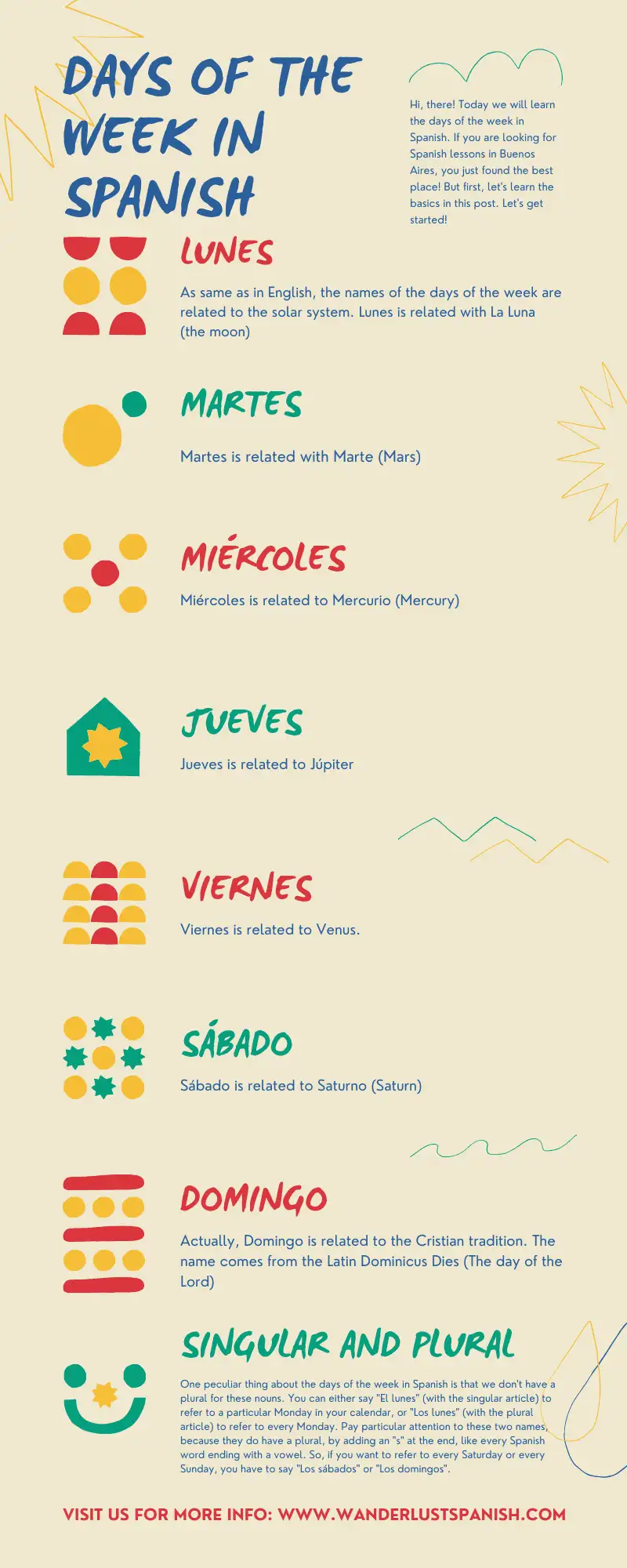Are you ready to experience the ultimate football fan’s dream? Look no further than the beautiful city of Buenos Aires, Argentina, where you’ll find some of the most iconic and historic football stadiums in the world.
From the majestic La Bombonera, home of the legendary Boca Juniors, to the imposing El Monumental, home of the mighty River Plate, Buenos Aires is a football fan’s paradise. These two stadiums alone have a combined seating capacity of over 100,000, making them among the largest stadiums in South America.
La Bombonera, also known as “The Chocolate Box” due to its unique shape, is one of the most famous and intimidating stadiums in the world. The passion and fervor of Boca Juniors’ fans, known as La 12, is truly something to behold. The atmosphere on match day is electric, with singing, chanting, and flag-waving creating a sea of blue and gold. You can feel the ground shake as the fans jump and cheer in unison, creating an unforgettable experience.
But Boca Juniors isn’t the only team with a fierce fan base in Buenos Aires. River Plate, known as Los Millonarios, has its own massive following, and their home stadium, El Monumental, is just as impressive. With a capacity of over 70,000, this stadium has hosted countless historic matches and legendary players over the years.
In addition to these two iconic stadiums, Buenos Aires is also home to other historic football grounds, such as Racing Club’s El Cilindro and San Lorenzo’s Estadio Pedro Bidegain. Each stadium has its own unique charm and character, making a tour of Buenos Aires’ football grounds a must for any football fan.
But it’s not just the stadiums themselves that make Buenos Aires such a special place for football enthusiasts. The city is also steeped in football culture, with passionate fans, vibrant neighborhoods, and a deep love for the game. Whether you’re cheering on your favorite team at a local bar, exploring the colorful La Boca neighborhood, or touring the city’s football museums, Buenos Aires is a city that lives and breathes football.
In conclusion, if you’re a true football fan, you owe it to yourself to visit Buenos Aires and experience the magic of these iconic stadiums and the culture that surrounds them. Whether you’re a Boca Juniors supporter, a River Plate die-hard, or just a lover of the beautiful game, you’ll find something to love in this incredible city. So grab your jersey, pack your bags, and get ready for an unforgettable football adventure in Buenos Aires!



Here’s a list of some of the most notable football stadiums in Buenos Aires
- La Bombonera – Home of Boca Juniors, opened in 1940 and named for its unique shape resembling a box of chocolates. The stadium has a capacity of over 49,000 and is known for its passionate fan base, including the infamous La 12.
- El Monumental – Home of River Plate, opened in 1938 and with a capacity of over 70,000, this stadium has hosted numerous international matches and was the venue for the 1978 FIFA World Cup final.
- El Cilindro – Home of Racing Club, opened in 1950 and named for its cylindrical shape, this stadium has a capacity of over 51,000 and has hosted several Copa Libertadores matches.
- Estadio Libertadores de América – Home of Independiente, opened in 1928 and named in honor of the club’s success in the Copa Libertadores, this stadium has a capacity of over 52,000 and has hosted several international matches.
- Estadio José Amalfitani – Home of Vélez Sarsfield, opened in 1951 and named for a former club president, this stadium has a capacity of over 49,000 and has hosted several Copa Libertadores matches.
- Estadio Tomás Adolfo Ducó – Home of Huracán, opened in 1947 and named for a former club president, this stadium has a capacity of over 48,000 and has hosted several international matches.
- Estadio Pedro Bidegain – Home of San Lorenzo, opened in 1993 and named for a former club president, this stadium has a capacity of over 47,000 and has hosted several Copa Libertadores matches.
These stadiums have played host to some of the greatest football matches in history and are steeped in the rich football culture of Buenos Aires. Each stadium has its own unique history and traditions, making them must-visit destinations for any football fan visiting the city.
The history of Maradona and Messi
Lionel Messi and Diego Maradona are two of the greatest football players of all time, both born in Argentina and revered by fans around the world. Their talent, skill, and passion for the game have made them legends of the sport, and their impact on football history is undeniable. Let’s take a closer look at their respective histories and achievements.
Diego Maradona, born in Buenos Aires in 1960, began his football career at the age of ten with the youth team of Argentinos Juniors. He quickly made a name for himself as a prodigious talent, and in 1976, he made his debut with the first team at just sixteen years old. He later played for Boca Juniors and FC Barcelona, but it was his time with Napoli in Italy that cemented his status as one of the greatest players of all time. He led Napoli to two Serie A titles in 1987 and 1990 and guided Argentina to victory in the 1986 World Cup, scoring what is widely regarded as one of the greatest goals in football history in the quarterfinals against England.



Maradona’s career was not without controversy, however, and his struggles with addiction and personal demons were well documented. Nevertheless, his impact on the sport and his status as a cultural icon in Argentina and beyond are undeniable.
Lionel Messi, born in Rosario in 1987, began playing football as a young child and was quickly identified as a prodigious talent. He joined FC Barcelona’s youth academy, La Masia, at the age of thirteen, and he made his debut with the first team just three years later. Since then, he has become one of the most decorated players in football history, winning ten La Liga titles, seven Copa del Rey titles, and four Champions League titles with Barcelona. He has also led Argentina to the final of the World Cup and the Copa América, although he has yet to win either trophy.
Messi’s individual achievements are just as impressive as his team accomplishments, and he has won the Ballon d’Or award for the best player in the world a record seven times. His skill, speed, and creativity on the pitch have earned him comparisons to Maradona and other football greats, and he has become a cultural icon in his own right.
In conclusion, the histories of Diego Maradona and Lionel Messi are intertwined with the rich football culture of Argentina and the world. Their talent and passion for the game have made them legends of the sport and cultural icons, and their impact on football history will be felt for generations to come. Whether you’re a fan of Maradona’s dazzling dribbling or Messi’s mesmerizing goals, there’s no denying the greatness of these two football titans.









